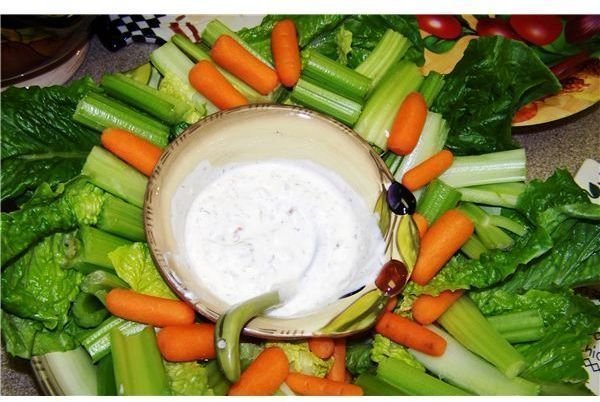Wallet Friendly Nutrition Using Low Cost Alternatives to Healthy Food
Healthy for Healthy Living
In today’s lifestyle eating healthy is not an option but a requirement. People look for organic foods, medicinal supplements, or specialty foods, but the fact is those are expensive choices because being healthy means being choosy. Being choosy about one’s daily diet is not something everybody can afford. Everyone can be a little creative and look for cheaper alternatives to healthy food that are also wallet-friendly nutrition.
Shop Smart
Shop for your produce at the local farmer’s market. Their supplies are fresh daily from surrounding farms, and most of them have low prices since their prices are not influenced by the retail giants. In addition, buy just the quantity you need thus avoiding unnecessary expenses on big quantities.
Avoid buying packaged vegetables such as spinach, broccoli, or salad greens. Neither are they all fresh nor do they would cost less than the fresh ones, and they spoil very easily. So the logic of buying a larger quantity at a lesser unit price does not always work. Leafy vegetables are best when bought fresh from local farmer markets where people can buy just what is needed. This means eating fresh greens and saving money at the same time.
Strawberries, raspberries, and blackberries are rich in vitamins and antioxidants but can be expensive sometimes and are easily perishable fruits. Stocking up on them, even at low prices, is a bad choice because you waste more than is saved. Oranges, grapefruit, and blueberries serve almost the same purpose at a much lower cost, and they do not go bad so easily.
Bananas and spinach are rich in iron and inexpensive. Include more of them in diets to substitute for other fancy fruits and vegetables with similar nutritional content.
Frozen is better than canned. For instance, if five cans of green beans cost $5 (each can yielding less than a pound,) then for about $2 a pound you can just buy fresh green beans at the local market. Chop them up, place them in a zipper bag, and freeze. Frozen vegetables do not go bad, can be used anytime, and eliminate preservatives and high salt. Substitute canned fruits like peaches, pineapples, and similar others in the same way and save the money you would spend buying canned ones.
Do It Yourself
Cottage cheese is low in carbohydrates and has more protein and calcium than many other cheeses. Boil one-half gallon whole milk until bubbling. Add the juice of one lemon or one tablespoon of vinegar, and stir until the milk curdles and leaves greenish water. Strain in a cheesecloth. The greenish liquid is what is known as ‘whey’. It can be used as a protein drink for kids or adults, consumed alone or mixed in shakes or smoothies. The cottage cheese can be stored for a week and used for salads, pastas, or a substitute for feta or goat cheese.
Imagine how much is spent on cereals, granola bars, and other convenience foods, especially when there are kids in the family. Do not cut out all snacks but definitely opt for a cheaper alternative.
Mix oats, dried fruits, mixed nuts, honey, and maple syrup in a bowl. Flatten it out on a baking sheet and toast it till golden brown. Cut it in pieces or break it like brittles for homemade granola bars.
Save in an airtight container for snack, or mix with yogurt for breakfast. It just takes a half an hour of anyone’s time. This healthy homemade option saves quite a few food budget dollars.
Include more yogurt in the daily diet. It is rich in calcium, a good milk substitute, and the good bacteria in it help cure stomach disorders. In addition, who knew fresh yogurt can be made at home from leftover yogurt? Boil milk until thick. Add a spoonful of leftover yogurt to the milk and stir well. Cover and let it ferment overnight for a new supply of good quality yogurt. Repeat this every time your stock gets low and save money.
Grow your own herbs. Herbs are not only a tasteful addition to food but also contain essential medicinal values. Herbal teas are good bowel cleansers and high in antioxidants. Store bought herbs usually do not last long, and herbs can be expensive, especially the exotic ones.
Growing herbs furnishes a hobby, some greenery, cost savings, and they take a little of kitchen or patio space. Use some of these herbs in tea and thus save the cost of both the herb and the herbal tea.
Making a few alterations in daily food choices helps one save money yet live a healthy life. One just needs to be a little creative, aware, and conscious about selecting wallet-friendly nutrition.
Resources
Author’s personal experience
